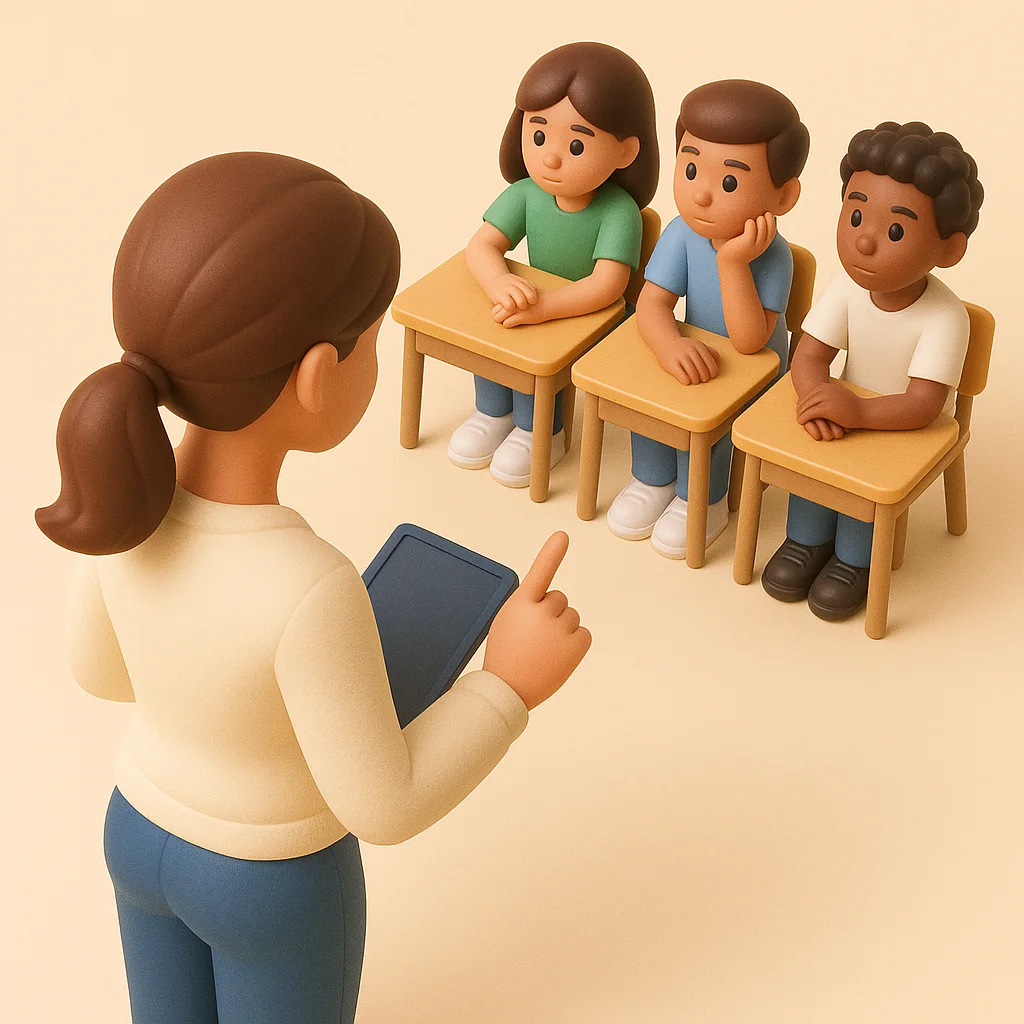Tracking student behavior is a vital part of modern classroom management. When done right, it helps teachers support students, identify trends, and maintain a positive learning environment. This comprehensive guide outlines everything K–12 educators need to know to implement effective, efficient, and consistent behavior tracking.
What Is Student Behavior Tracking?
Student behavior tracking refers to the process of systematically recording, evaluating, and acting on student behaviors in the classroom. This may include participation, tardiness, classroom disruptions, acts of kindness, or refusal to follow instructions. Effective behavior tracking turns qualitative behavior into actionable data.
By monitoring student behavior over time, teachers can spot patterns, tailor interventions, support emotional development, and communicate progress to stakeholders such as parents and administrators.
Why It Matters in K–12 Education
In the context of K–12 classrooms, especially those with diverse student needs, behavior tracking is essential for:
- Proactive Intervention: Addressing minor issues before they escalate.
- Equity: Ensuring every student receives consistent, unbiased attention.
- Documentation: Building a data-based narrative to support decisions.
- Family Engagement: Keeping parents informed about their child’s growth.
Step-by-Step: How to Track Student Behavior Effectively
1. Use a Digital Behavior Log
Paper systems are slow, unreliable, and hard to scale. Platforms like Lekktura offer real-time behavior tracking with simple click-to-log features.
For example, Lekktura allows teachers to:
- Record behaviors with just 1–2 taps
- Tag entries with categories
- Add optional notes for context
This means you can document behavior as it happens without disrupting the lesson.
2. Define Clear Behavior Categories
Using consistent, predefined categories makes it easier to recognize trends and ensure fairness. Here’s how you can break them down:
- Positive behaviors: These include things like active participation, helping classmates, staying focused, or demonstrating leadership. You might mentally associate these with the color green.
- Neutral behaviors: Actions such as being absent, arriving late, or staying quiet during class discussions can be tracked neutrally. These behaviors may not require intervention but are still useful for tracking. These can be associated with yellow.
- Negative behaviors: These could include disruptions, being off-task, disrespect, or ignoring instructions. Consider tracking these with a red-coded label.
You can also define custom categories that reflect your classroom needs, such as “Tech misuse,” “Emotional response,” or “Group dynamics.”
3. Make It Instant and Non-Intrusive
Time is precious. Logging behavior should take seconds—not minutes.
Choose a platform that is:
- Mobile-friendly (usable on tablet or phone)
- Quick-access (one tap from your dashboard)
- Low-distraction (doesn’t interrupt teaching flow)
Lekktura is optimized for minimal-click logging, so teachers don’t need to open multiple windows or write long descriptions.
4. Use Data to Inform Your Teaching
Raw behavior data is only the start. Transform it into insights:
- View individual or group behavior summaries
- Identify high-frequency issues
- Monitor changes after interventions
Example: If a student has 3+ instances of "Off-task" behavior during math lessons, this could signal instructional misalignment or attention issues.
5. Share Reports with Stakeholders
Teachers can create weekly or monthly behavior reports and:
- Share them during parent-teacher conferences
- Provide updates to special education staff or counselors
- Support recommendations for behavioral plans or RTI tiers
Lekktura lets you export reports as CSVs, or send them directly to parents.
6. Track Progress and Reflect
Behavior tracking isn’t about punishment—it’s about growth.
- Celebrate positive streaks
- Use charts to show improvements
- Reflect on class-wide behavior trends
Students themselves can be involved in reviewing reports to promote self-awareness.
7. Stay Consistent
The most important part: consistency.
Set a habit to log behaviors at the same time each day - e.g., during exit routines or right after a lesson. It takes 2–3 minutes daily but creates rich data over time.
Final Thoughts
Effective behavior tracking empowers teachers, supports students, and builds a classroom culture based on accountability and growth. With tools like Lekktura, it’s never been easier to make data-driven behavior support part of your teaching workflow.




